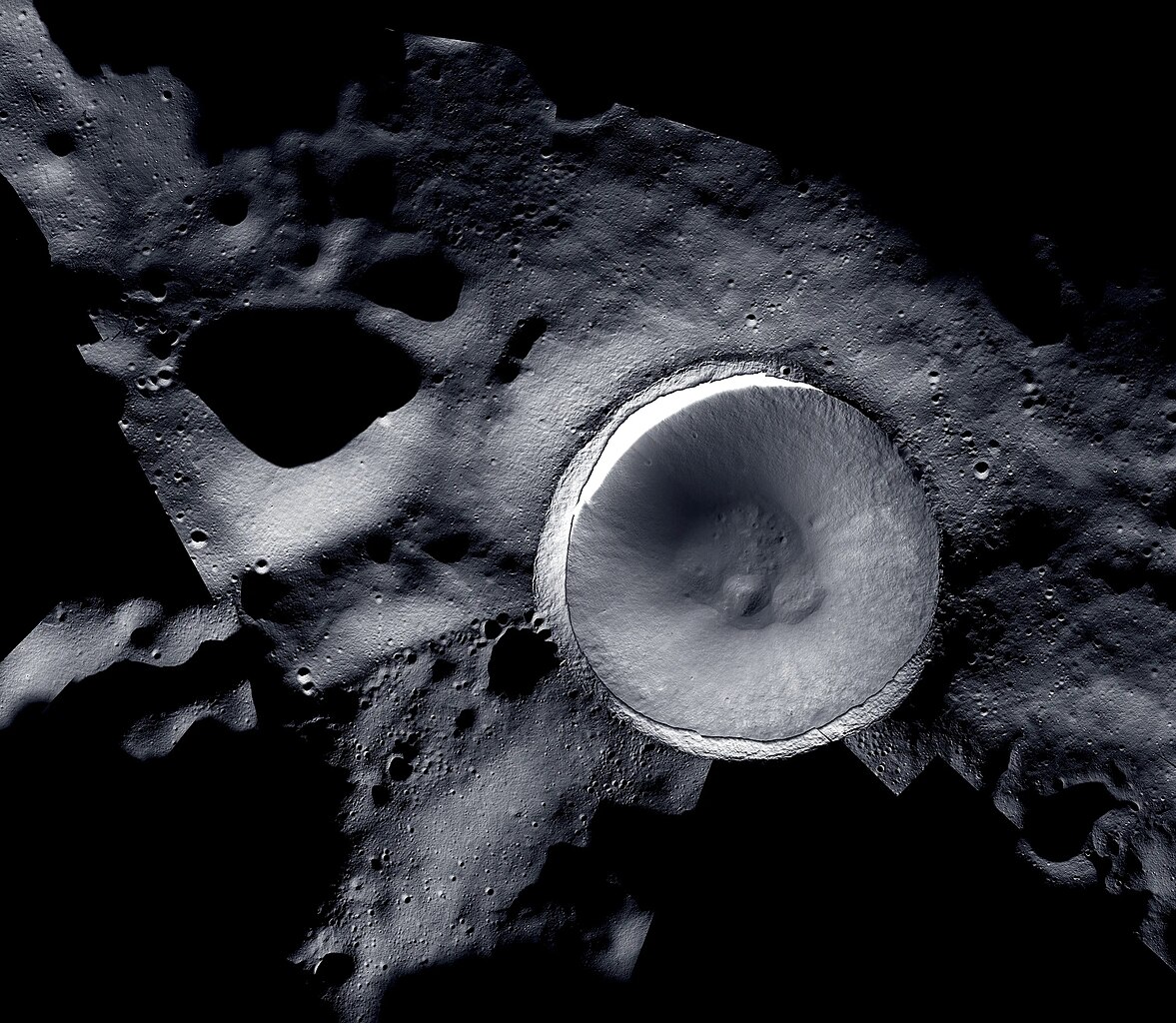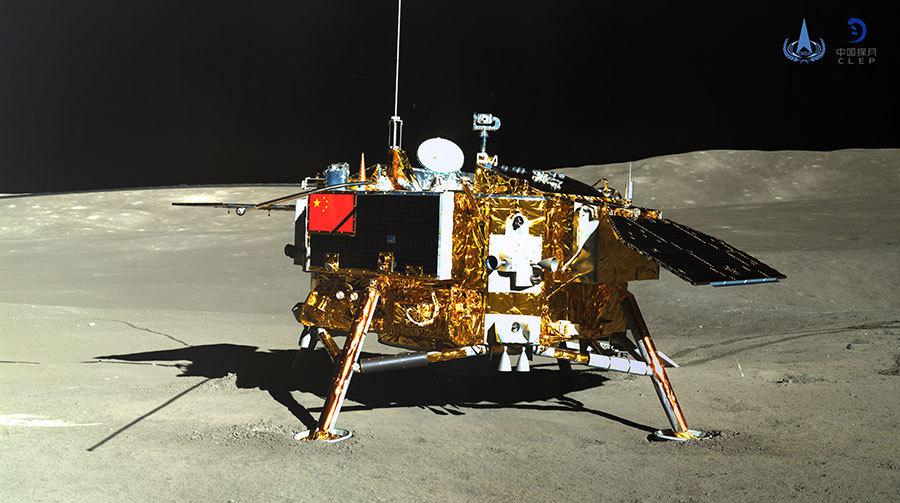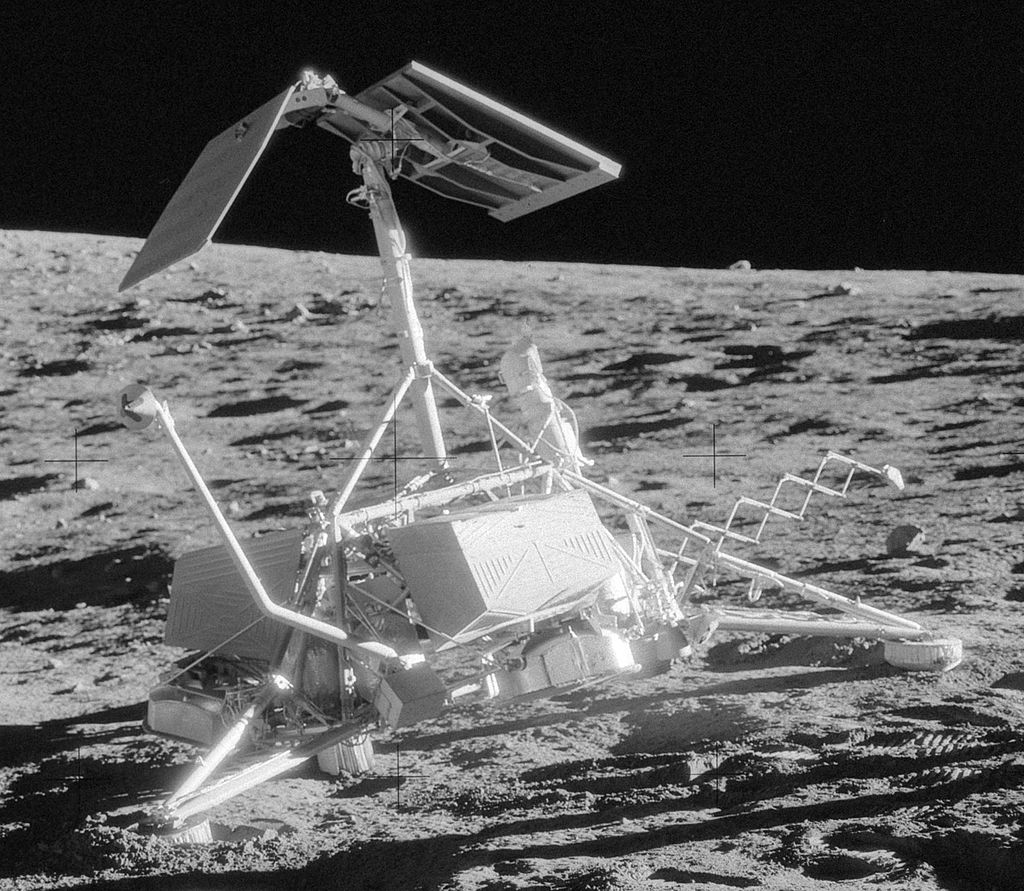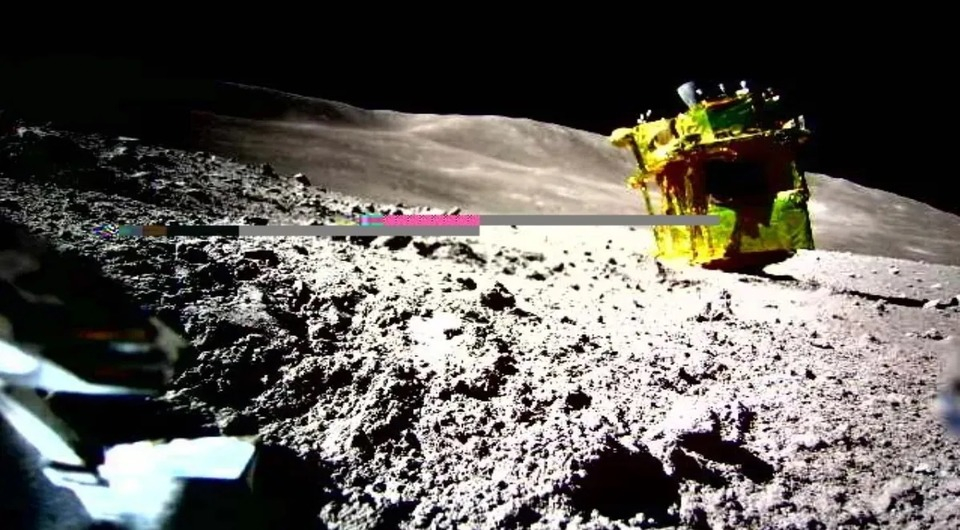On March 16, the Sun began to set over the landing site of the Blue Ghost spacecraft. It photographed the lunar sunset and then transmitted its final message to Earth. After that, Firefly Aerospace announced the end of the mission.

Source: Firefly Aerospace
However, the engineers have left a formal option to turn this point into a multipoint. After the Sun rises again over the Mare Crisium (that’s where Blue Ghost landed), they will start listening to the airwaves in hopes of picking up its signals. But what are the chances that the craft will survive an overnight stay on the Moon?
Two weeks of darkness
With the setting of the Sun, the temperature of the lunar surface begins to decrease rapidly and quickly reaches -130° Celsius. However, this is near the equator, and so on the Moon can be found and much colder areas. For example, the temperature at the bottom of polar craters, which are never illuminated by the Sun, can reach -253°C.

Since Blue Ghost landed relatively close to the equator (at 18.56°N and 61.81°E), for convenience, we can assume that the temperature at its landing site will drop to -130° C at night. What can we compare it to? With Mars – though with some refinements. Since the Red Planet has an atmosphere and the inclination of its axis of rotation is similar to Earth’s, the temperature on its surface during the local year varies markedly. But during winter, night temperatures in the equatorial regions of Mars are quite similar to those of the Moon.
It hardly needs explaining that exposure to temperatures of -130° C does not have the best effect on electronics. Hence, the logical question arises: What is the difference? Why are the vehicles on the surface of Mars, which receive energy from solar panels, still coping with the night, while for lunar vehicles on solar panels, it is the almost insurmountable test? The answer is simple: it’s all about its duration. A Martian day lasts 24 hours and 39 minutes. Therefore, the length of night on Mars is comparable to its duration on Earth and, except at the poles, is measured in hours. On the Moon, the night lasts two weeks. This is too long for the energy stored during the day to then be sufficient to heat the electronics.

Of course, there is a solution to this problem. To keep electronics from freezing, you can use radioisotope heaters – devices that generate heat by decaying radioactive elements. These, for example, were installed on the Lunokhods as well as on the stationary platforms of the Chinese missions Chang’e-3 and Chang’e-4.
However, these are all government missions, while Blue Ghost was built by a private company that is not authorized to work with radioisotope heaters. And even if there was such a possibility, it is far from certain that the designers would have used it. After all, launching an apparatus with nuclear materials is subject to much more stringent safety requirements. Fulfilling them would most likely have significantly increased the cost of the mission and delayed its launch.
Successful and unsuccessful overnight stays on the Moon
All this brings us to the next question. Is it possible to survive a night on the Moon without using nuclear heaters?

A similar precedent was set back in the 1960s by several U.S. Surveyor vehicles that successfully woke up after a lunar night. However, it should be borne in mind that their electronics were rather primitive, which largely explains their survival.
If we talk about the lunar missions of recent years, then only Japan’s SLIM can boast of success so far. It landed on the Moon last year. Even though the landing occurred in an abnormal position (on its side), to the surprise of experts, SLIM managed to survive four lunar nights. One can only wonder how long SLIM would have survived if it had landed properly.

Source: JAXA
But the Indian Vikram, as well as Odysseus and Athena from Intuitive Machines, were not so lucky – they failed to survive the night. However, in the latter two cases, the fact that the probes fell on their sides during landing and received much less light than the flight plan suggested may have played a role.
All things considered, Blue Ghost’s chances of survival are not particularly good. Two weeks without heating at -130°C is still a very long time. So it’s unlikely that anyone will blame the engineers if a miracle doesn’t happen and Blue Ghost doesn’t make contact again. At the same time, the SLIM example gives some hope that modern electronics can survive such temperatures. The Sun will rise again over the Blue Ghost landing site on April 1. Then we will know the answer to the question of whether it was able to cope with the ordeal of space cold.


